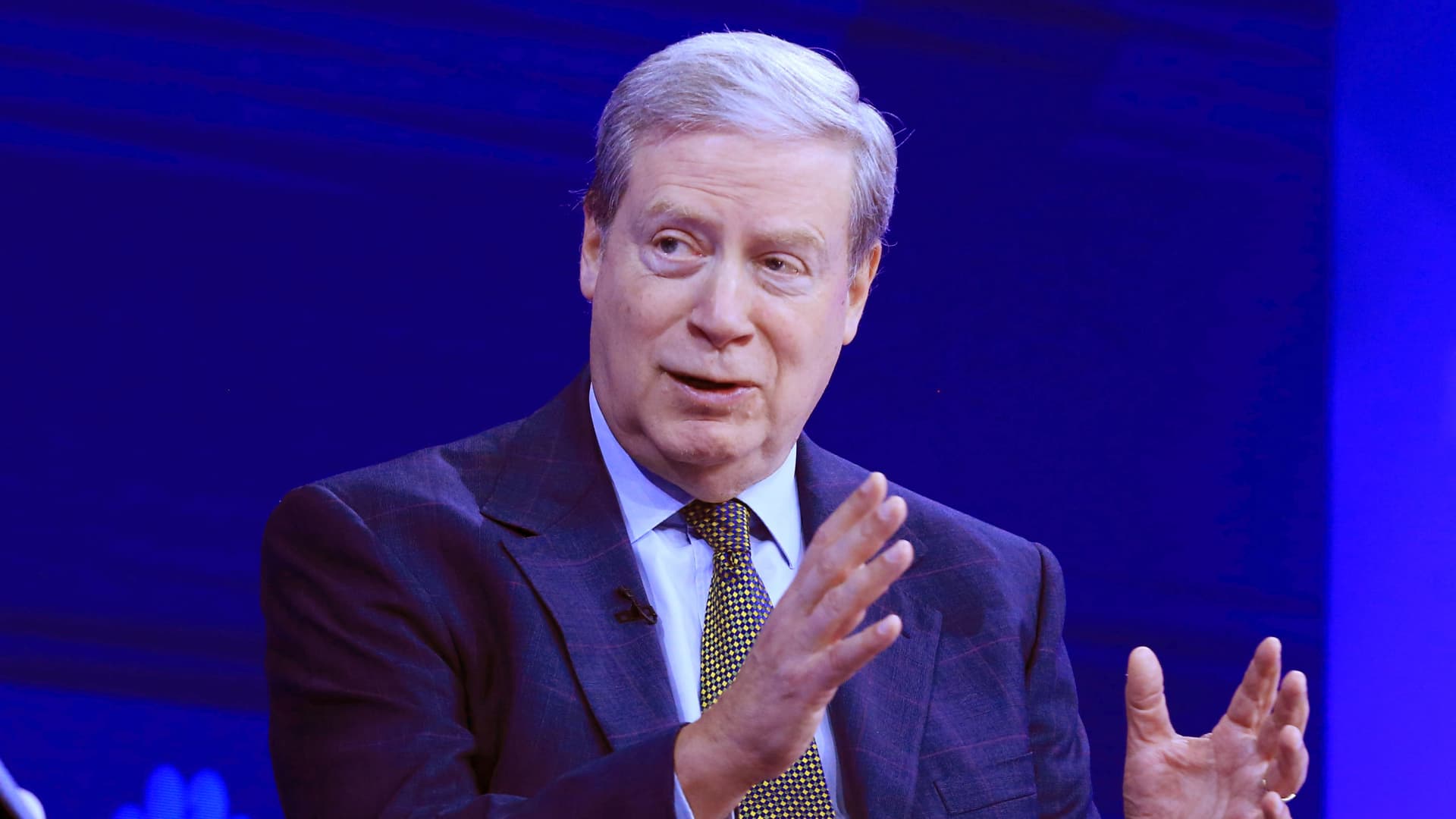Aleksandarnakic | E+ | Getty Images
You may be saving more money for retirement and not even know it.
An increasing share of employers are automating how people save in their company 401(k) plans, in a bid to overcome the inertia that often keeps us from building a nest egg.
“Automatic escalation” â or auto-escalation, for short â is one of those popular mechanisms.
It automatically raises workers’ savings rate each year, often by 1 percentage point at a time up to a cap. The intent is to help boost savings when workers might not take action on their own.

However, the amount of additional money coming out of each paycheck may be indiscernible to many people.
“I have a bet they don’t realize it,” said Ellen Lander, founder of Renaissance Benefit Advisors Group, based in Pearl River, New York.
However, it’s generally a good thing.
In an ideal world, workers would be saving at least 15% of their annual pay in a 401(k) plan, Lander said. This includes both their own contributions and employer contributions like a company match. The ideal rate may fluctuate depending on factors like age and outside savings.
“Philosophically, I think auto-escalation makes perfect sense,” Lander said. “We want people to save as much as they can.”
Automated 401(k) savings is more widespread
Auto-escalation has become more widespread alongside automatic enrollment, which is when employers divert a portion of workers’ paychecks into a 401(k) if they don’t sign up voluntarily.
About 64% of companies with a 401(k) plan automatically enrolled workers in 2022, according to an annual survey by the Plan Sponsor Council of America, a trade group.
Of those companies, 78% also automatically increased workers’ savings, up from 65% in 2013, according to the poll.
Most, or 84%, of these 401(k) plans raise workers’ savings rate by 1 percentage point a year.
More from Personal Finance:
U.S. centenarian population will quadruple by 2054
Why working longer is a bad retirement plan
Labor Department cracks down on bad retirement savings advice
Here’s a basic illustration of how it works: Let’s say a worker earns $75,000 a year, contributes 6% of their annual salary to a 401(k), and is paid twice a month. This person saves $4,500 a year, or $187.50 per paycheck.
Raising the savings rate to 7% brings annual savings to $5,250, or $218.75 per pay cycle â amounting to just $31.25 more per paycheck.
(This example doesn’t account for additional financial factors like taxes or annual pay increases.)
Employees can opt out of the arrangement. Employers are also obligated to send a notice to workers communicating that they are being automatically enrolled into a 401(k) and their savings rate will be increased, but such communiques may go unnoticed.
Many companies are hesitant to add auto-escalation altogether because they fear it may be “onerous” and place too much of a financial burden on some workers, Lander said.
Among 401(k) plans that use automatic enrollment, just 40% automatically escalate savings for all workers, according to data from the Plan Sponsor Council of America. About 12% do so only for investors who are “under-contributing.” And 26% make escalation a voluntary choice for workers, while d 22% don’t offer it at all.
The vast majority of 401(k) plans don’t automatically raise savings beyond a cap, and nearly two-thirds, or 63%, limit those automated worker contributions to 10% or less of annual pay.
Of course, reaching the cap doesn’t necessarily mean workers are saving enough. Workers can voluntarily set their savings rate higher.









